Celebrating 77 years of Indian Independence, 2024 cherishes the sacrifices of the freedom struggle martyrs once again. There are glorious accounts that we must be aware of that are shrouded in the dust of the past. How about cherishing the Freedom fans who were dedicated and passionate for independence? So, let’s visit these 10 places related to the Indian freedom struggle that are silent spectators to mammoth mass movements of their struggle.
Here, witness and absorb the undying dedication of the freedom fighters. Now, let’s have a look at these and remember those who have happily laid their lives so that we can breathe in a free, independent India.
10 Places Related To Indian Freedom Struggle That You Must Visit
If you are interested to know which landmarks in India are associated with the Indian freedom struggle, scroll down. You will get a hint of Indian history through these monuments. Mentioned here are the 10 freedom-struggle landmarks you must visit.
-
Lucknow Residency, Lucknow
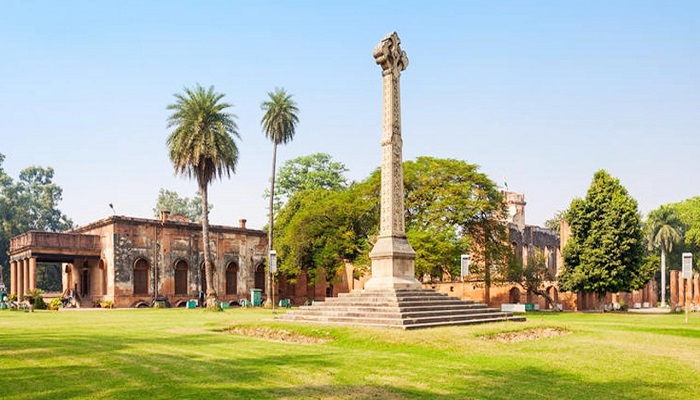
This is one of the landmarks of the Indian freedom struggle that commands your visit. Built in 1800, the Lucknow Residency served as the hub of several events of the Revolt of 1857.
Cannonballs and bullet marks are still on the wall there. So, this is just the place that you can visit to get a glimpse of the erstwhile struggle for freedom from the British. Undoubtedly, this is one of the important places related to the Freedom Struggle of India that you must visit.
Entry Fee (per person)
- INR 15 – Indian Citizens
- INR 200 – Foreigners
Timings
7:00 am – 6:00 pm (7 days a week)
-
Sabarmati Ashram, Ahmedabad
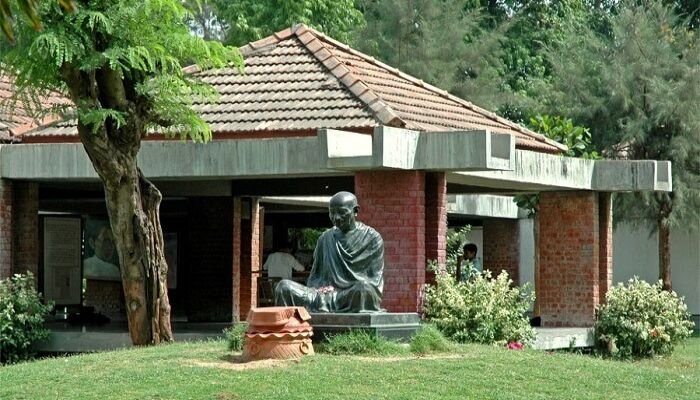
From 1917 to 1930 Sabarmati Ashram served as Gandhiji’s headquarters. He had a Tolstoy Farm in South Africa – a self-sufficient community. In 1915, when he returned to India, he established his ashram on the same lines of the community.
On one side of the ashram stands a prison and on the other, a crematorium. It was the center of Satyagraha and among the places that make up the freedom trail of India. The ashram now holds memories of Gandhiji.
Entry Fee (per person)
Free
Timings
08:30 am – 6:30 pm (7 days a week)
-
Cellular Jail National Memorial, Port Blair
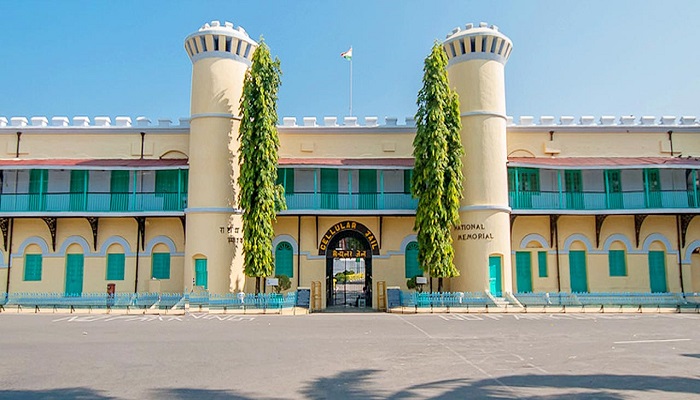
The jail was the torture zone of the expatriated freedom fighters. The atrocities the prisoners went through at this jail still send shivers down your spine. Today, the prison is looked upon as a shrine to political dissidents.
Standing since1906, the prison has witnessed unbearable cries of agonizing prisoners because of their excruciating condition. Among the best must-visit places of the country’s struggle, the jail hosts a Light and Sound Show that gives you a glimpse of a part of India’s freedom struggle.
Entry Fee (per person)
- INR 30
- INR 200 for Still Camera
- INR 1000 for Video Camera
- INR 10,000 for shooting (with prior permission)
Timings
9.00 am to 12.30 pm, 1.30 pm to 4.45 pm (7 days a week)
-
Netaji Bhawan, Kolkata
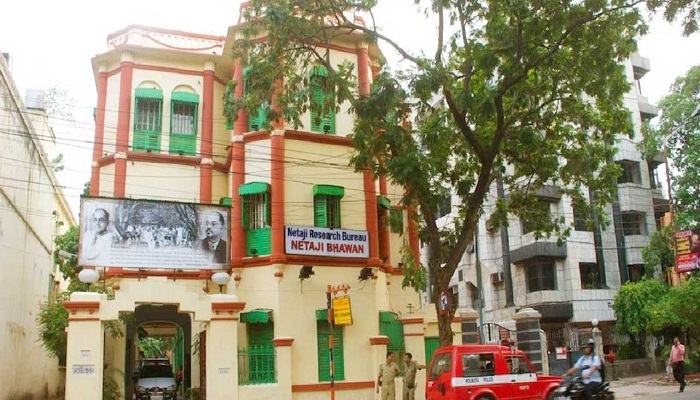
This monument marks itself strongly in the list of Important places in the Indian Independence Movement where freedom fighters left their footprints. The monument is dedicated to Netaji Subhas Chandra Bose and commemorates his life and vision of India’s independence and struggle.
The museum at this place was the residence of Netaji’s brother and the place from where Subhas Chandra Bose escaped in 1941 from house arrest.
Entry Fee (per person)
INR 5 for adults
Timings
11 am to 4:30 pm (7 days a week)
-
Gateway of India, Mumbai

The iconic monument was built to honor King George V during his royal visit in 1911. However, its construction continued till 1924. No wonder, this is among the 10 Best Places to visit this Independence Day for a reviving experience.
After 24 years, the gateway was used for the last British regiment’s parade. The architectural beauty showcases 16th-century Islamic styles. You can easily visit this monument without worrying about the budget. Check out budget travel tips in India to explore this architectural marvel.
Entry Fee (per person)
Free
Timings
12:00 am – 12:00 am (7 days a week)
-
Red Fort, Delhi

The colossal red sandstone monument shows the grandeur of Mughal Delhi. At this significant monument, Jawaharlal Nehru hoisted the Indian flag on 15th August 1947 to mark the independence of India. Thereby, when you look forward to visiting 10 places related to Indian Freedom Struggle, include Red Fort in your list.
Built by the Mughal emperor Shah Jahan, the fort has been the silent spectator of several onslaughts. After defeating the last Mughal ruler, Bahadur Shah Zafar in 1857, the British took over this fort and turned it into their army headquarters. Post Independence, the Indian Army took over the fort.
Entry Fee (per person)
- INR 35 – Indians
- INR 550 – Foreigners
Timings
7:00 am – 6:00 pm (7 days a week)
-
Jallianwala Bagh, Amritsar
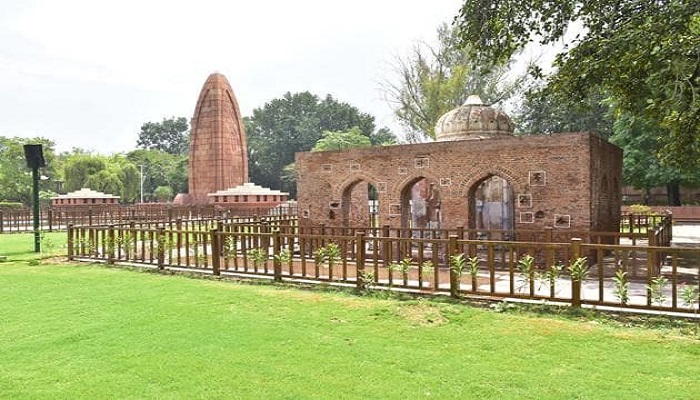
Standing near the Golden Temple, the bagh holds a significant place in history and a poignant past of the Indian Freedom Movement. This was the place where the agonizing Jallianwala Bagh Massacre took place on April 13, 1919. On the fateful day, thousands of people gathered here for a non-violent protest when General Dyer ordered his men to open fire on the crowd.
The innocent people couldn’t escape the rapid bullet rounds in the walled garden. To escape, many jumped into the well there and tried to climb up the walls, only to be killed. To date, the walls of this park carry bullet holes and the garden stands as a memorial.
Entry Fee
Free
Timings
6:30 am – 7:30 pm (7 days a week)
8. Aga Khan Palace, Pune
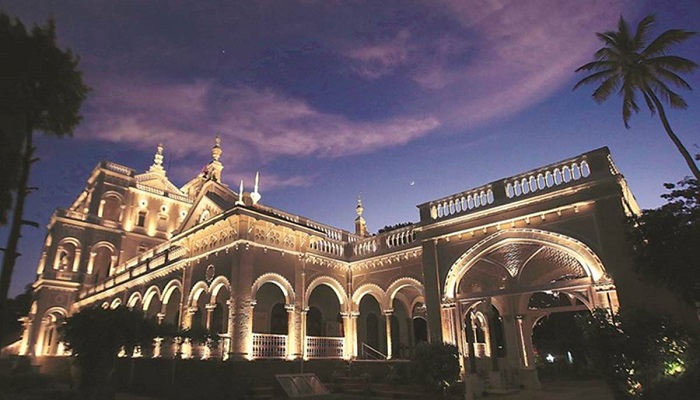 Imam Sultan Muhammad Shah Aga Khan III built this colossal building in 1892. Later, the place was used for the house arrest of several nationalist leaders. No wonder, it is among the historical monuments that represent India’s Freedom Struggle powerfully. Some of the eminent names who served secret imprisonment here include Mahatma Gandhi, his wife Kasturba, and close confidant Mahadev Desai. Moreover, it is closely related to the Quit India Movement of 1942, a famous freedom movement in India.
Imam Sultan Muhammad Shah Aga Khan III built this colossal building in 1892. Later, the place was used for the house arrest of several nationalist leaders. No wonder, it is among the historical monuments that represent India’s Freedom Struggle powerfully. Some of the eminent names who served secret imprisonment here include Mahatma Gandhi, his wife Kasturba, and close confidant Mahadev Desai. Moreover, it is closely related to the Quit India Movement of 1942, a famous freedom movement in India.
Kasturba Gandhi and Mahadev Desai breathed their last during their confinement here. The palace still houses their belongings.
Entry Fee (per person)
- INR 5 – Indians
- INR 100 – Foreigners
Timings
9:00 am – 5:30 pm (7 days a week)
9. Mani Bhavan, Mumbai
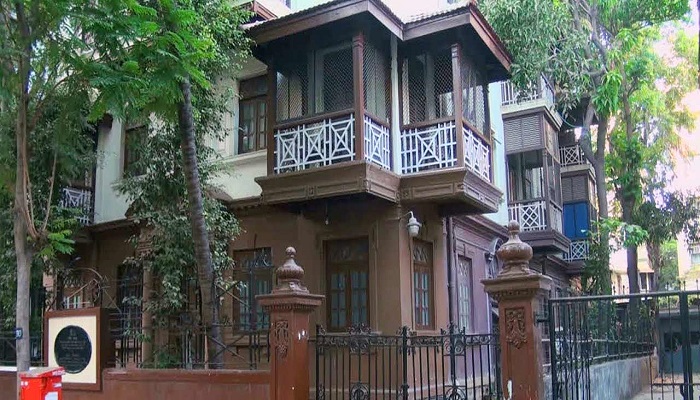
Having served as the head-quarter of Mahatma Gandhi during his 7 years stay in Mumbai, this is among the iconic places from India’s freedom struggle to visit on Independence Day 2023. It is home to several attractions such as a room of Gandhi ji, a library hall, the terrace where he was arrested in 1932, and a picture gallery.
Apart from this National attraction, do visit Mumbai to marvel at its Dussehra celebrations.
Entry Fee
Free
Timings
9:30 am – 5:30 pm (7 days a week)
-
Gandhi Smriti, Delhi
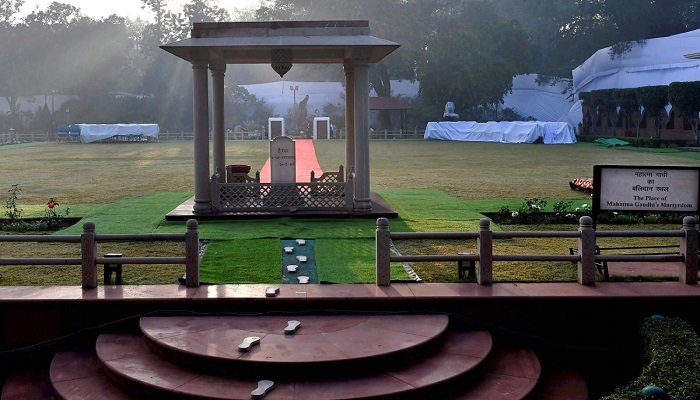
Formerly known as Birla Bhavan or Birla House, Gandhi Smriti is a museum dedicated to Mahatma Gandhi. At this place, he spent his last days till 30th January 1948 – the day he was assassinated. No wonder, it is among the areas to be visited on Independence and Republic Day.
Entry Fee
Free
Timings
10:00 am – 5:00 pm (7 days a week)
Bottom Line
Do visit these 10 places related to the Indian freedom struggle for a better insight. Today let us remember and honor the National heroes and their struggle to free our country from the shackles of British rule. Remember, they were, hence we are. A visit to these important places will make you recall how hard our freedom fighters toiled, shedding their blood like sweat for our country’s independence.
Today, India has the largest democracy in the world but this wouldn’t be possible if the freedom struggle martyrs haven’t surrendered their all to it. No wonder, there are numerous landmarks in India that speak of our freedom struggle. With a visit to these Indian freedom struggle testimonials, we pay heartfelt tribute to our freedom martyrs.
FAQs
What are the major events related to the freedom struggle of India?
A long and hard freedom struggle made India break the shackles of the British Raj. Various events and painful history with the sacrifices of patriots earned them freedom. Here are some of teh major events of India’s struggle for independence –
- Revolt of 1857
- Establishing the Indian National Congress in 1885
- Return of Mahatma Gandhi to India in 1915
- Lucknow Pact of 1916
- The Champaran Satyagraha in 1917
- Jallianwala Bagh Massacre in 1919
- Non-Cooperation Movement in 1920
- Return of Subhash Chandra Bose to India in 1921
- Purna Swaraj on January 26, 1930
- The Dandi March of 1930
- Government of India Act of 1935
- Creation of the Indian National Army
- Quit India Movement of 1942
- Royal Navy Strike of 1946
- Partition of India and the Independence of the country in 1947
Which important places are connected to the Independence movement of India?
The independence struggle of India is associated with several iconic places such as Cellular Jail in Andaman and Nicobar Islands, Jallianwala Bagh in Amritsar, Ahmedabad’s Sabarmati Ashram, and the Red Fort in Delhi.





